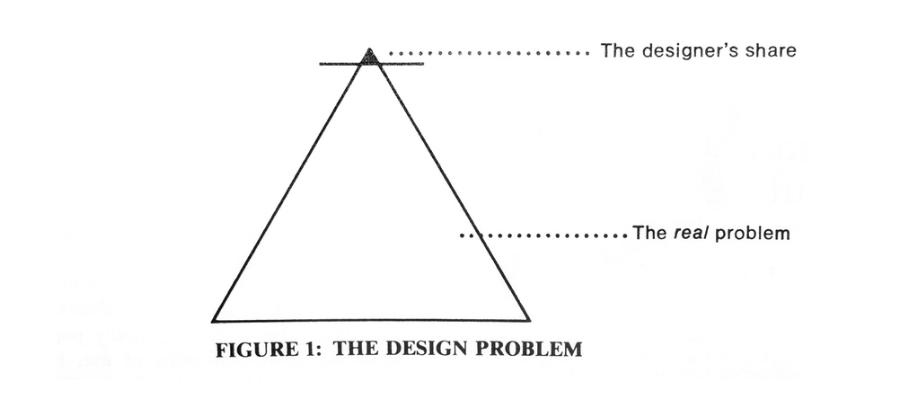p.74 Summarises the place of the university/multiversity
(1) The multiversity is a place where great thought and great research are often possible.
(2) The multiversity is a place from which great contributions can often be made to society.
(3) The multiversity is a place in which the claims of institutional continuity and efficiency come to head-on collision with its educational aims; the latter are normally wiped off the map.
(4) The multiversity is a place in which the education of the vast majority ranges from the mediocre to the pernicious. This fact creates new educational norms, which become positive deterrents to the education of any who wish to go beyond the majority. It is for these students -- the bright ones, the original or independent ones, the ones who care deeply --that the university is such bad news. It is in the crazy position of obstructing their education.
(5) Education at the multiversity is post-secondary, encouraging the transfer of discrete units of information and theory, rather than liberal, encouraging the contemplation of energizing form in what a student comes to know. And the system of lectures, essays and exams, and the root assumptions of thousands of the university's members, canonize the post-secondary version of education. It is possible to go beyond it, but only by radically dissenting from the university. For the twenty-year-old who does not know what he is dissenting in favour of, this is either very isolating or very undermining.
